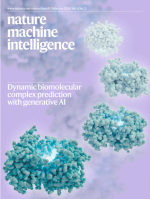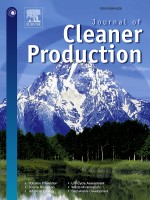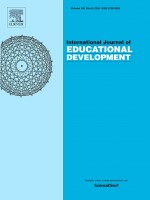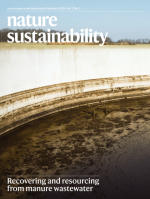Nature Neuroscience
Authors: Andrew C Lin, Alexei M Bygrave, Alix de Calignon, Tzumin Lee & Gero Miesenböck Nature Neuroscience (2014) doi:10.1038/nn.3660 Received 06 November 2013 Accepted 23 January 2014 Published online 23 February 2014
View Journal Article / Working PaperIn a study published in the journal Nature Neuroscience, CNCB scientists report that a key to forming distinct associative memories lies in how sensory information is encoded in the brain. In many higher brain centres, sensory information is encoded ‘sparsely’, meaning that out of a large population of nerve cells, or neurons, only very few fire electrical impulses in response to any particular sensation.




